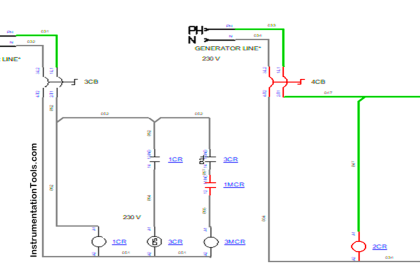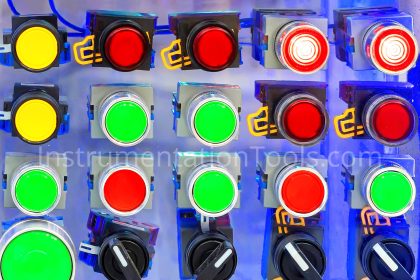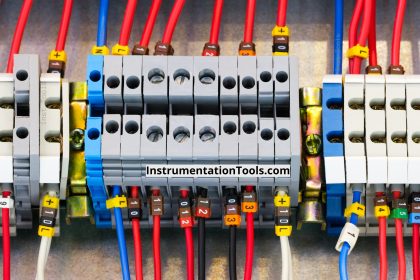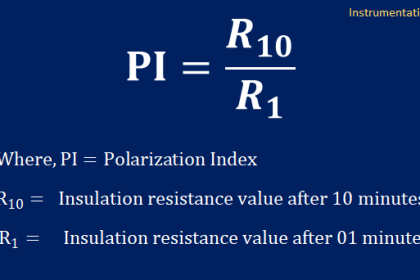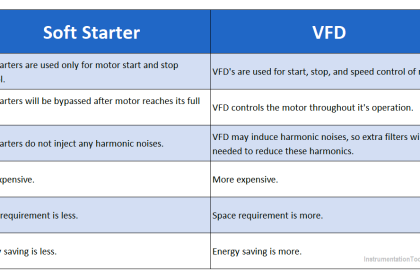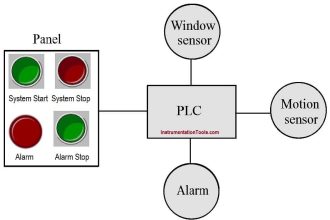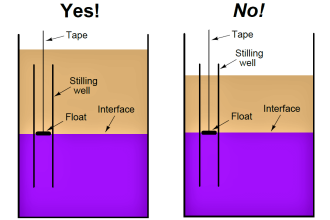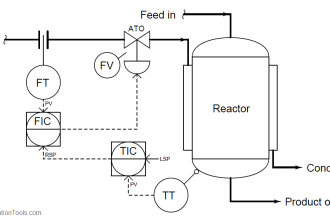We all know how hazardous a live electrical circuit is for a person or nearby environment. If he accidentally touches it or gets in contact, then it can result in shock or even death in the worst case. So, when technicians want to troubleshoot an electrical circuit or network, they are asked to de-energize it and then check whether it has been first of all de-energized properly or not.
If yes, then only they are allowed to do the necessary tasks. So, it is necessary to study the appropriate regulations, hazards, and risk analysis before working on de-energized equipment. In this post, we will see the concept of de-energized electrical circuits, networks, and equipment.
When can circuits and equipment be considered de-energized?

We can relate this concept to a very simple theory. Suppose you have turned on the VFD and then after 5 minutes, you turned it off. VFD has capacitors inside for discharging the residue current safely and gradually.
Even if you have turned off the supply for VFD, it takes some time to discharge the current to zero. In that case, if you even accidentally touch its output cables or wires, then you might get an electric shock. So, for that, it always has an LED that turns off when the VFD has fully discharged. It indicates that the VFD is now completely de-energized.
In short, a circuit or equipment can be said to be completely de-energized when it has zero conducting current on its body or its cables. However, it is to be remembered that this theory applies well to industrial or domestic applications, not a transmission and distribution system.
Because they are located outside and can be re-energized by some natural source like lighting. It will strike and leave some current in the equipment. The operator will think that he has turned off the system and without checking the actual current inside it or near the body, will get an electrical hazard. So, the de-energizing of a circuit refers to complete zero conduction in its whole area.
For this reason, you should know the various electrical parameters as well as the current state of switches, fuses, wires, and breakers. Because electrical equipment also gets power supply in case of an outage from sources like UPS, inverters, batteries, capacitors, and generators, they all should be first verified before assuming that the circuit has been de-energized.
How do you work on a de-energized circuit?
Let’s learn about the electrical de-energized circuits.
- The first and foremost rule is that qualified and trained electrical personnel must be employed for working on an inactive circuit. This immediately gets half the work done and stress relieved. Because they come with all the safety gear like helmets, and PPE and also know about dealing with the inactive circuit technically.
- Remember what you do when a person gets an electric shock; you drag him away using a non-conductive material like wood or rubber. Use that same approach for working on a de-energized circuit. Always touch them with non-conductive material and behave as if they still have some current left in them.
- Remember that you cannot troubleshoot an electric circuit in a dark environment without light. So, always ensure that you have adequate lighting around you so that you can see things properly and resolve the issue.
- There is one procedure named LOTO (lockout/tagout). It refers to the technique where the de-energized circuit or equipment is first isolated from various switches and breakers, or other energy resources. This ensures that no means of any power supply can reach it without further intervention. Once done, they apply tags to it indicating names like – work in progress / do not touch, keep away, hazardous work in progress, or do not operate. This alerts any nearby person to stay away from the work currently going on. A proper permit is required to implement LOTO and the authorized person must be well-educated on this.
- A standard procedure, as-built drawings, technical documentation, and shutdown activity documents must be kept ready before doing any maintenance schedule. This keeps the operators well-trained on a de-energized circuit and how to study and interpret it.
- Use devices like multimeters, voltage testers, high voltage detectors, and earth leakage detectors to check whether there is any conduction present in any line or part before the operator starts his troubleshooting work.
- Physical drawn boundaries must be set near an inactive area, depicting that a live circuit was present here and one cannot go beyond this boundary even if the circuit is off now. These barricades and boundaries prevent the people from coming in contact with any live part.
- First-aid kit, responsive boxes, ambulance contact, cardiopulmonary resuscitation (CPR), and automated external defibrillator (AED) must be kept in hand before starting any work. Any untoward accident can occur during work and these things help in the recovery of the patient in time.
In this way, we saw how to work on de-energized electrical circuits, networks, and equipment.
Read Next:
- De-energize to Safe Loop Basic Philosophy
- Solenoid Valve’s Energized or De-energized
- Motor Forward and Reverse Direction Control
- Top 300 Electrical Circuits Questions Answers
- Free Electrical Circuit Simulators Download
